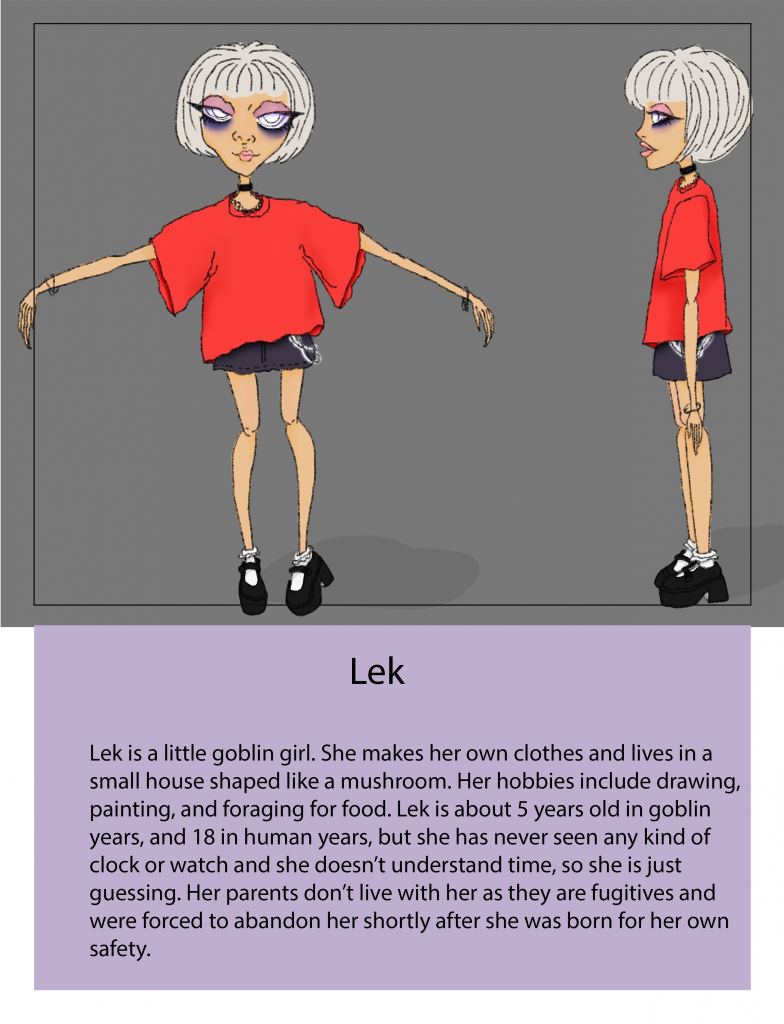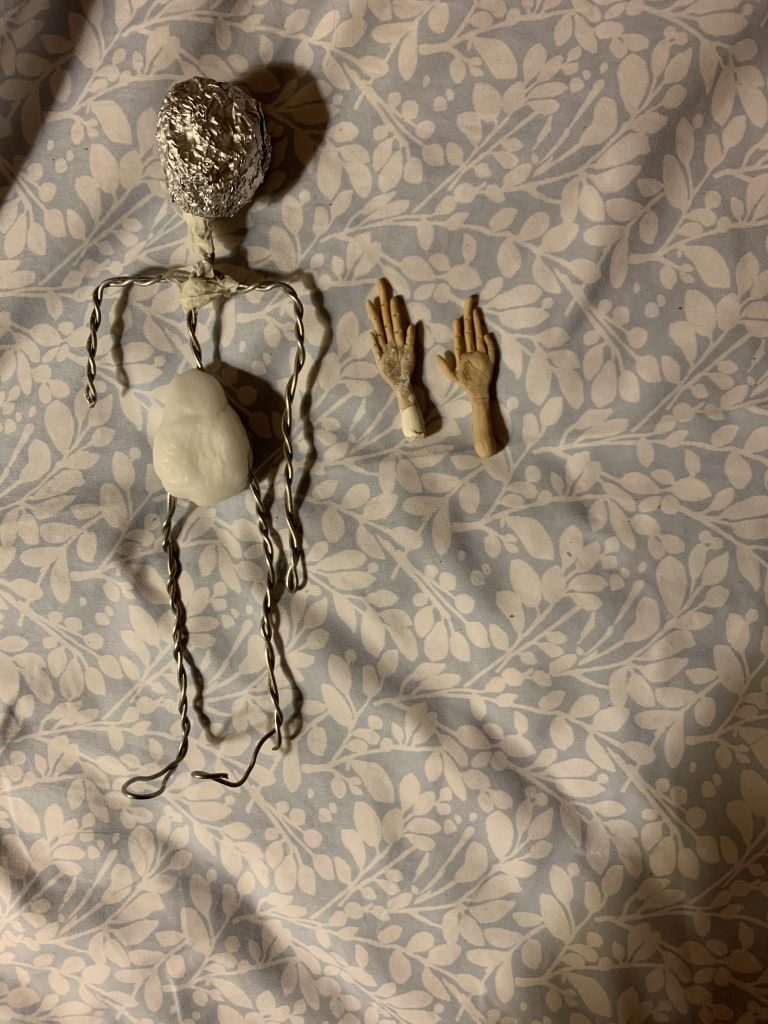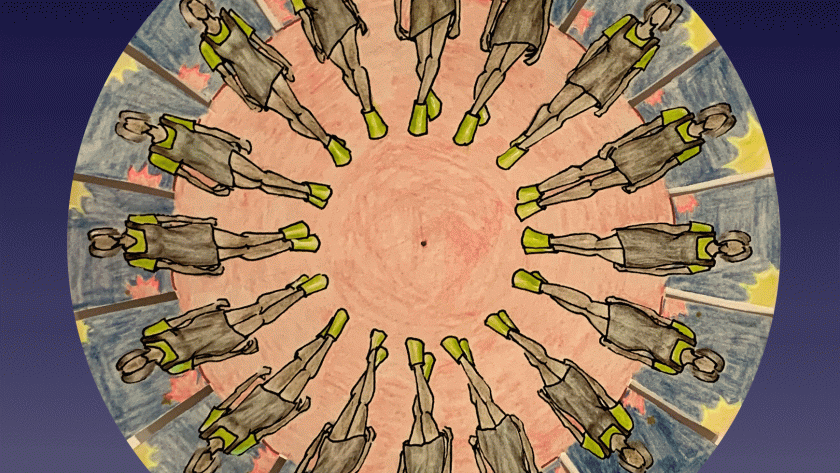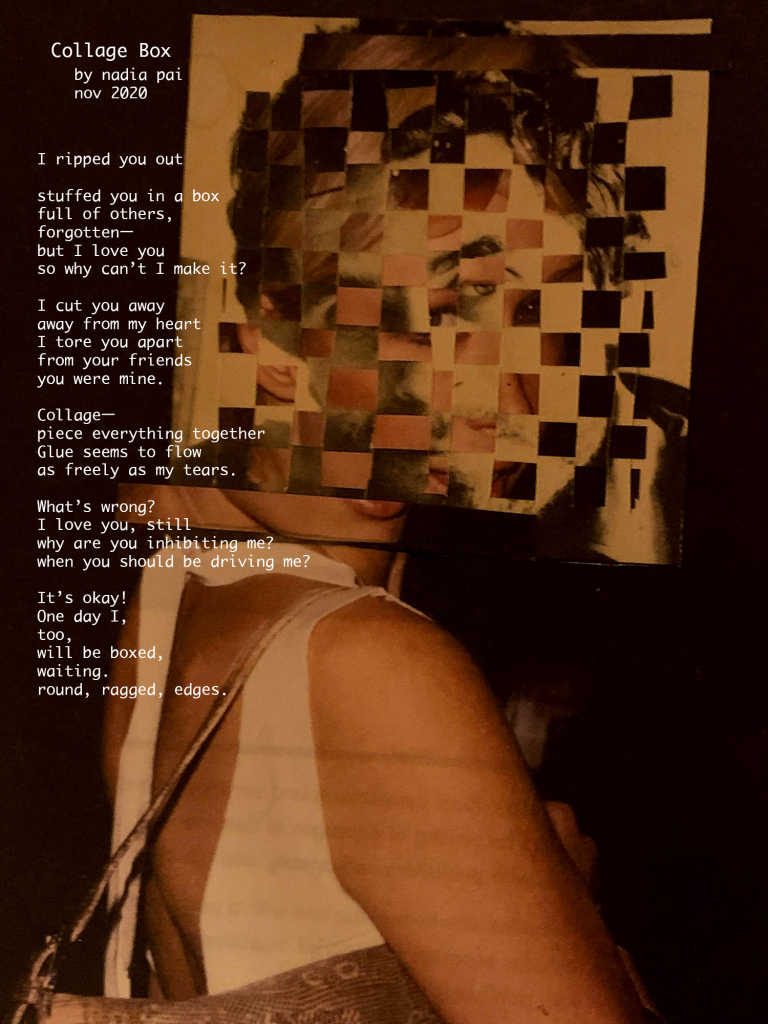Introduction
In this unit which spanned the entirety of our first semester, we were challenged to use unconventional forms to express ourselves. We did multiple products and practiced creative risk-taking and expression through poetry, music, art, animation, film, and web production. We began to develop our digital communication skills by learning how to use new kinds of professional equipment, such as DSLR cameras, Adobe After Effects, Pro Tools, Photoshop, audio recorders, and Adobe Premiere Pro.
I have enjoyed the Conceptual unit very much as it gave me a chance to try so many new things. It was definitely hard at times, but I am grateful for the amazing teachers and learning opportunities I have been given!
Haiku Video Production
We began English this semester with the poetry unit. We were given many poems to read and analyze, including Bright Dead Things by Ada Limon, as well as haikus by various masters. We wrote several poems to share in class; only two were officially turned in as major assignments. These were the haiku and its accompanying photo, and our free verse poems.
The haiku video was edited in Adobe Premiere Pro. I’ve included a screenshot here so that you can see my process.
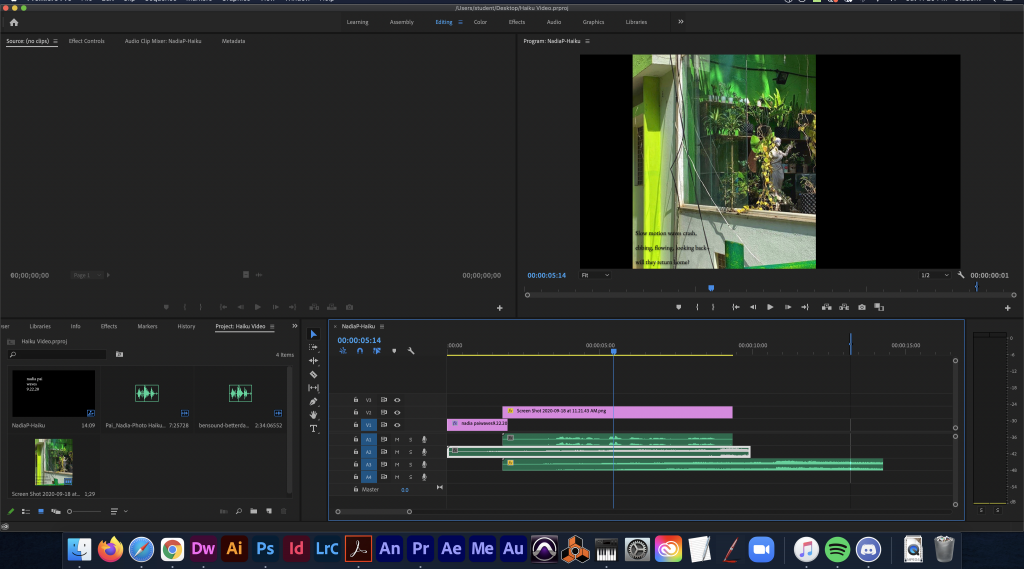
Free Verse Poem
The free verse poem was a bit more unstructured than the haiku, and we were allowed more freedom. I decided to write about something I really enjoy, making collages, and used this as my objective correlative.
For this poem, I wanted to write about something personal to me because that is something I have struggled with in English classes in the past. I chose to write about making and losing friends and memories throughout your life, and used the action of saving scraps of paper to make a collage as my objective correlative.
I have a box of paper cutouts, magazines, and old books that I use to make collages when I’m in the mood. Each of these came from a different place — I bought some from a library, at garage sales, or found them in Free Little Libraries. Each page in the box has a unique history, and these different pieces come together to form a cohesive piece of art. Similarly, relationships you have built and places you have been all come together to make you into the person you are today. I feel that everyone else has a special connection to different things. For example, certain songs remind me of specific times in my life. Some are happy, and some are the complete opposite. I find it quite interesting that you can connect emotionally with intangible things, like music, or with inanimate objects, and not just other people.
Another aspect of these connections is nostalgia. I wrote the “inhibiting me” line about being attached to old friends and memories. I find that it can often be hard to move on from events or ex-friends, and I often ruminate on things to the point where it affects my ability to function in the present. This poem is about learning to leave the past behind while also incorporating it into the person you are; everything you have done up to this point has made you a special, unique, individual, and you should embrace that.
The last part of the poem (“One day … ragged edges”) is about the end of your life, or reflecting on your past throughout your life. Sometimes things that once seemed very important or upsetting feel muted when looking back, and you wonder how things could have turned out if you had acted differently.
My peer reviewers gave me a lot of positive feedback, which I appreciated, but unfortunately it made it a little bit harder for me to pick out edits that could objectively better my poem. One wrote that they really liked the imagery and emotion in a certain line and that it stood out. I tried to copy the energy of that line and spread it throughout the poem in order to make it more hard-hitting and emotional. The most helpful feedback I received focused on how figurative the poem was, and what parts could be changed to make it less direct.
Elements and Principles of Art
The purpose of this assignment was to learn the elements and principles of art and design so that we could learn what appeals to people and what does not. After becoming familiar with these principles, we could decide how to bend or break the rules in order to better express ourselves.
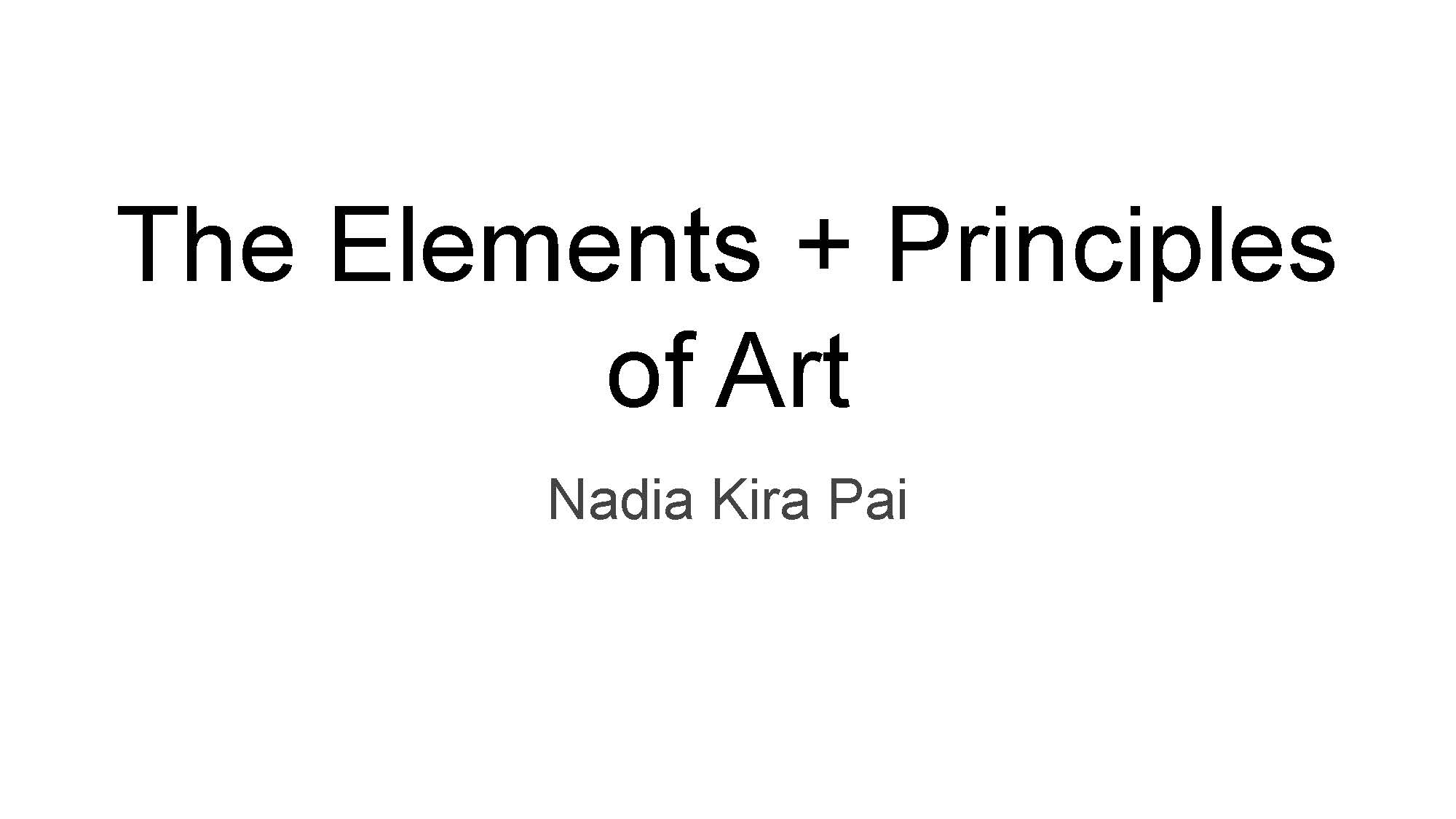
Animation Work
During the first semester of animation, we worked on traditional animation, and designed our own characters and stories.
Zoetrope
A zoetrope is a pre-film animation device created in the nineteenth century. It is a strip of paper with drawings on it sequential order so that each one is very slightly changed from the last. The strip is then put into the zoetrope and spun around in order to create the illusion of movement in the drawings.
Phenakistoscope
The Phenakistoscope is very similar to the zoetrope, and was invented shortly before it. It is a paper disk divided into “slices,” kind of like pizza. Each “slice” has a drawing on it, and the device is then spun in a mirror. The viewer looks between the slits, and this creates the illusion of movement.
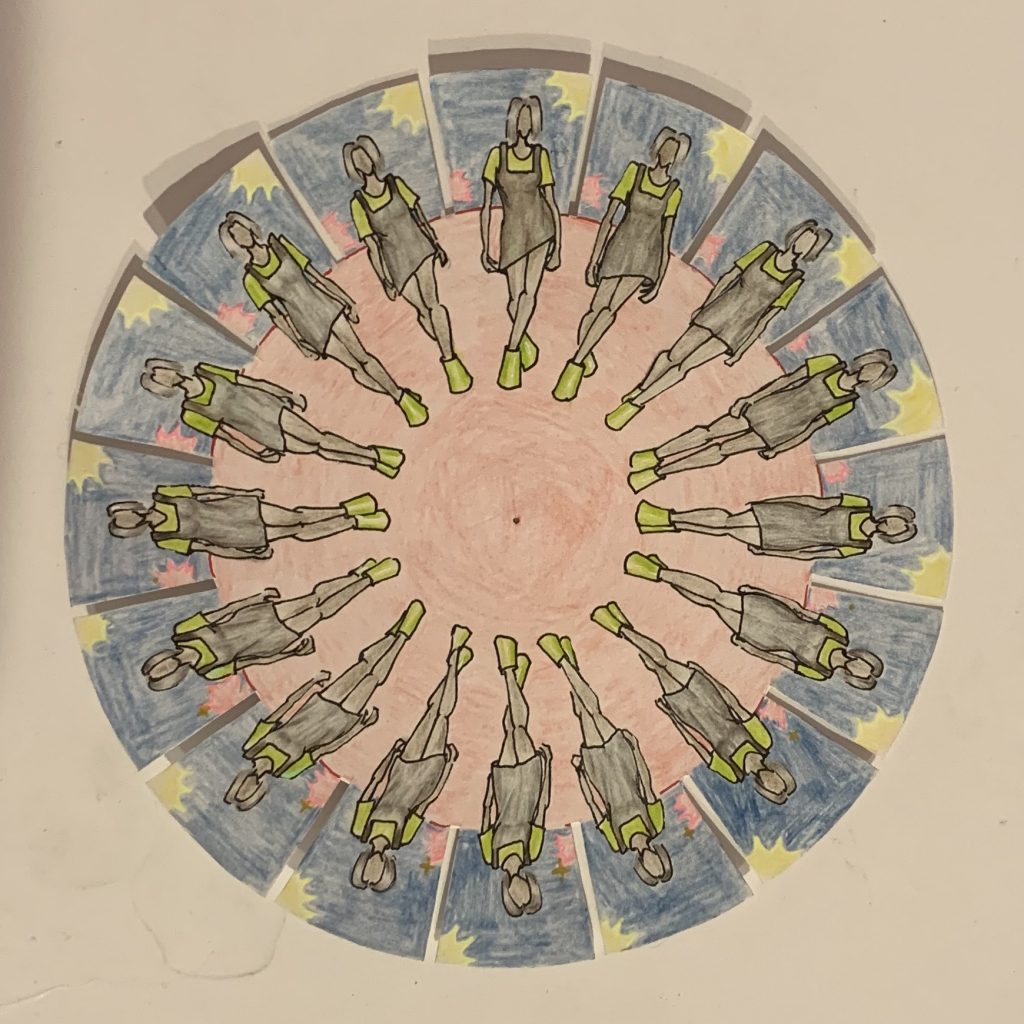
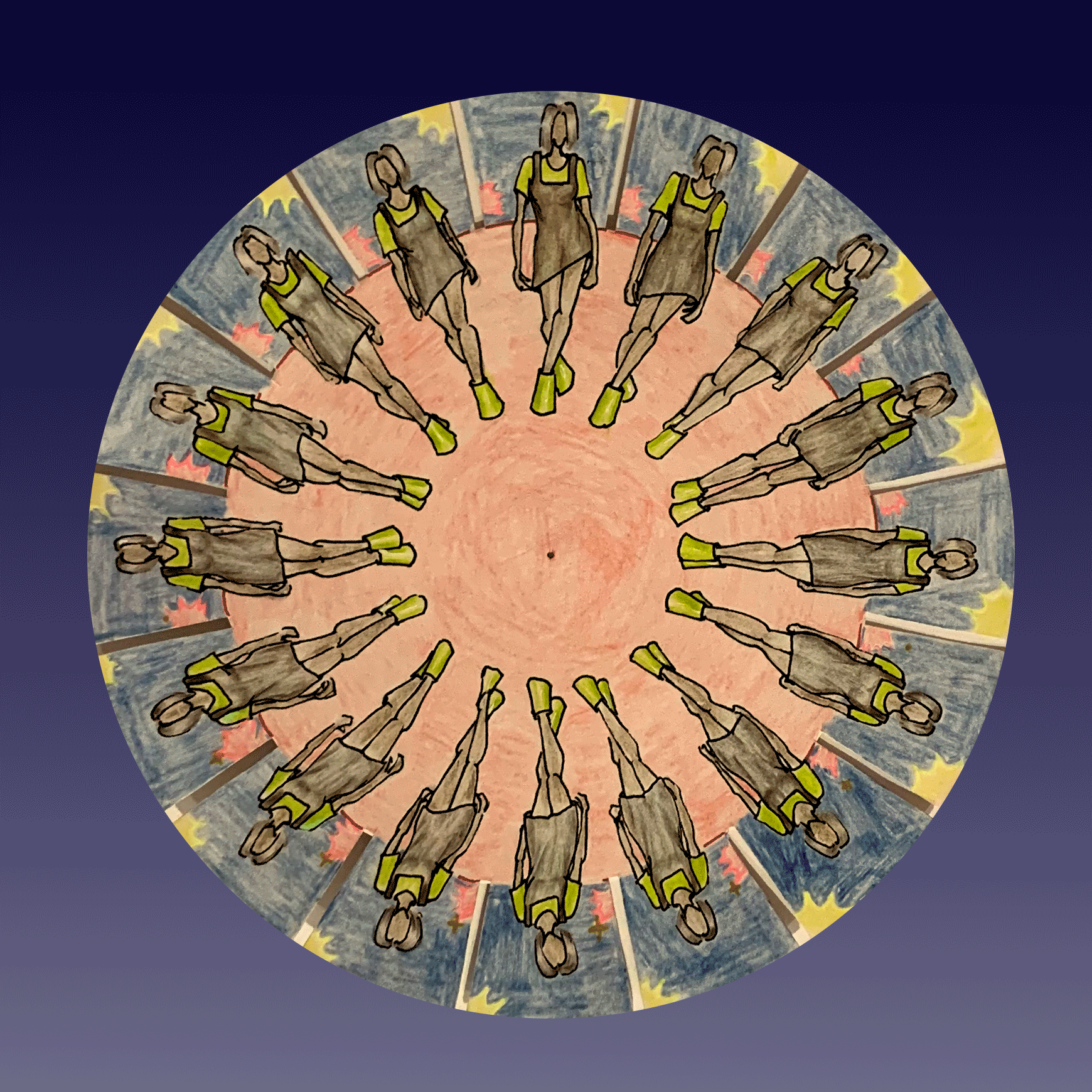
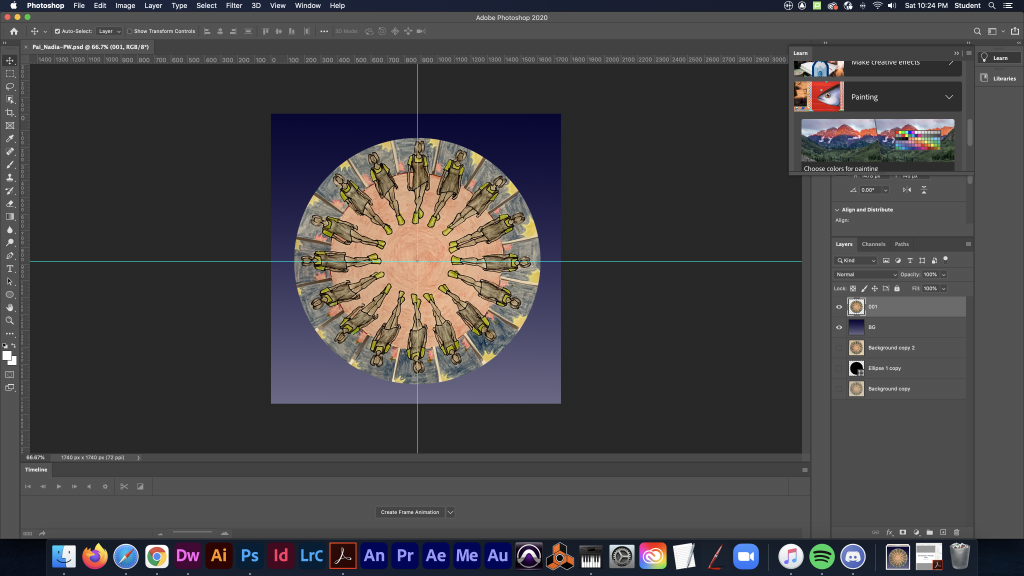
Flipbook
In this animation device, each drawing is drawn on a page, which are then flipped by the viewer.
Direct Techniques: Stop Motion with Paper
For this animation, we used the mobile app Stop Motion Studio. It is made of a series of images with slight movements in each.
Direct Techniques: Stop Motion Object Animation
This project also used Stop Motion Studio, but I used 3d objects instead of paper cutouts. I made this animation using a puzzle cube that used to belong to my dad and grandfather.
Character Design
For our final, we designed a character, made a puppet of it, and filmed a walk cycle. Here are some pictures of my process and results.
